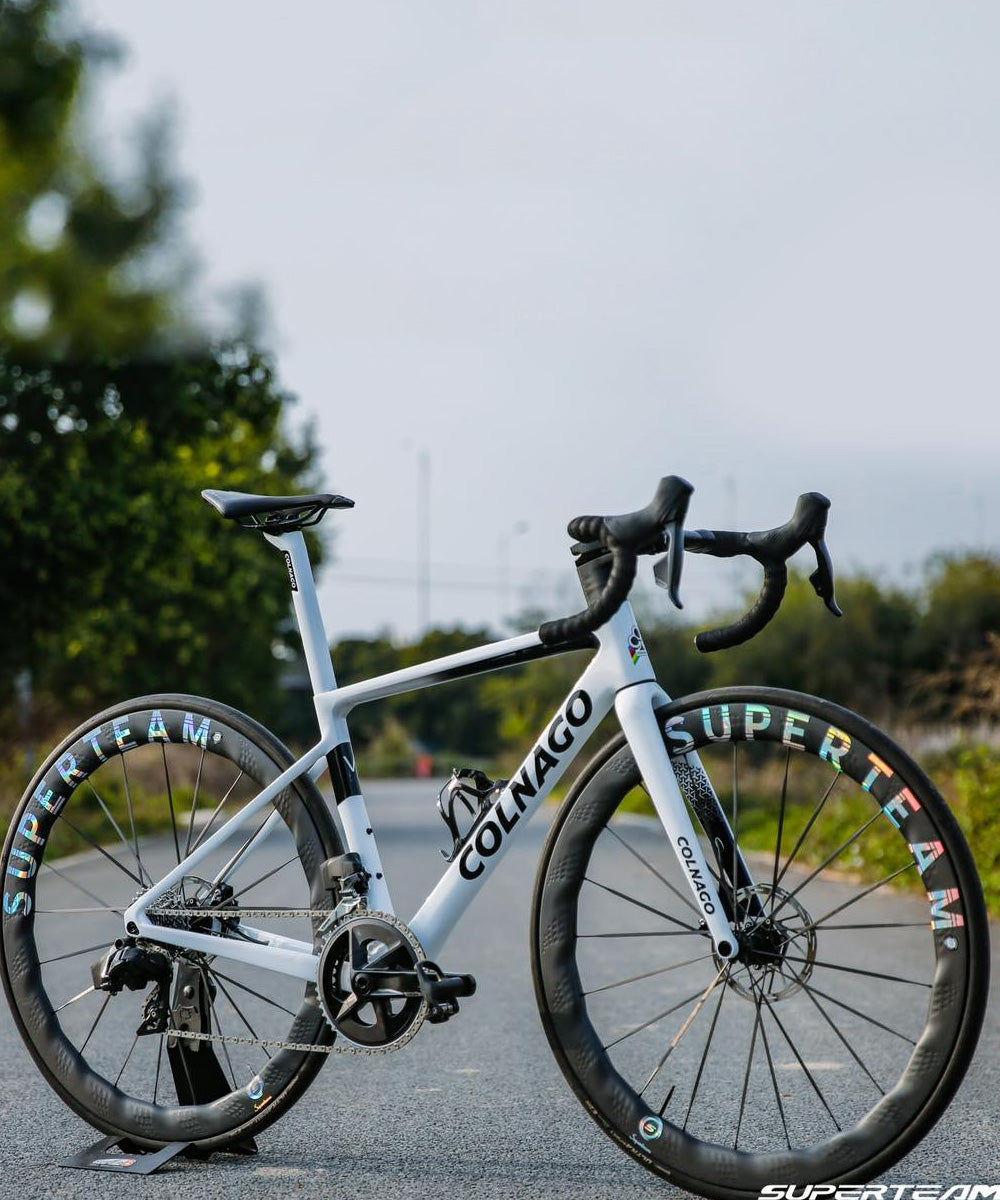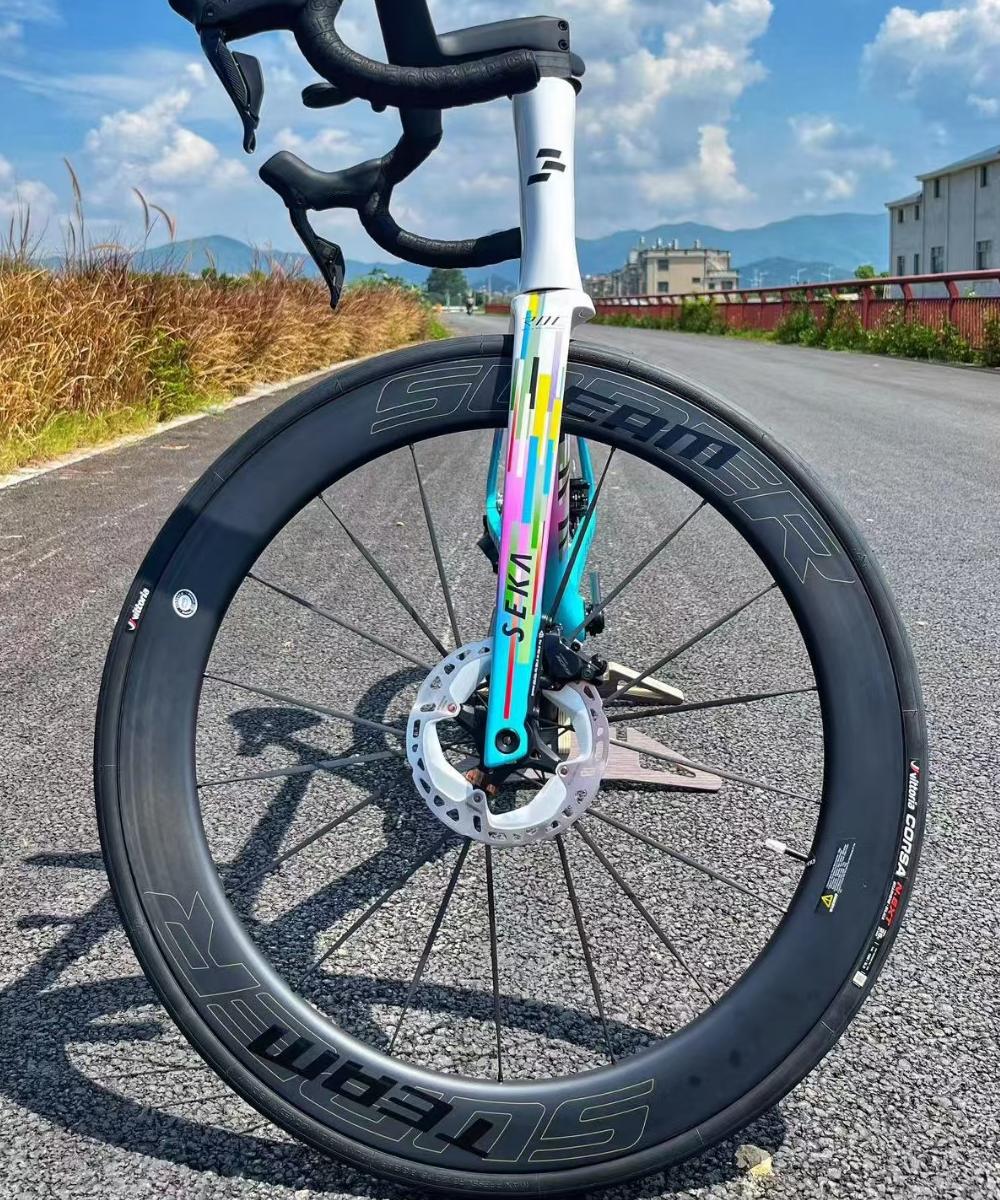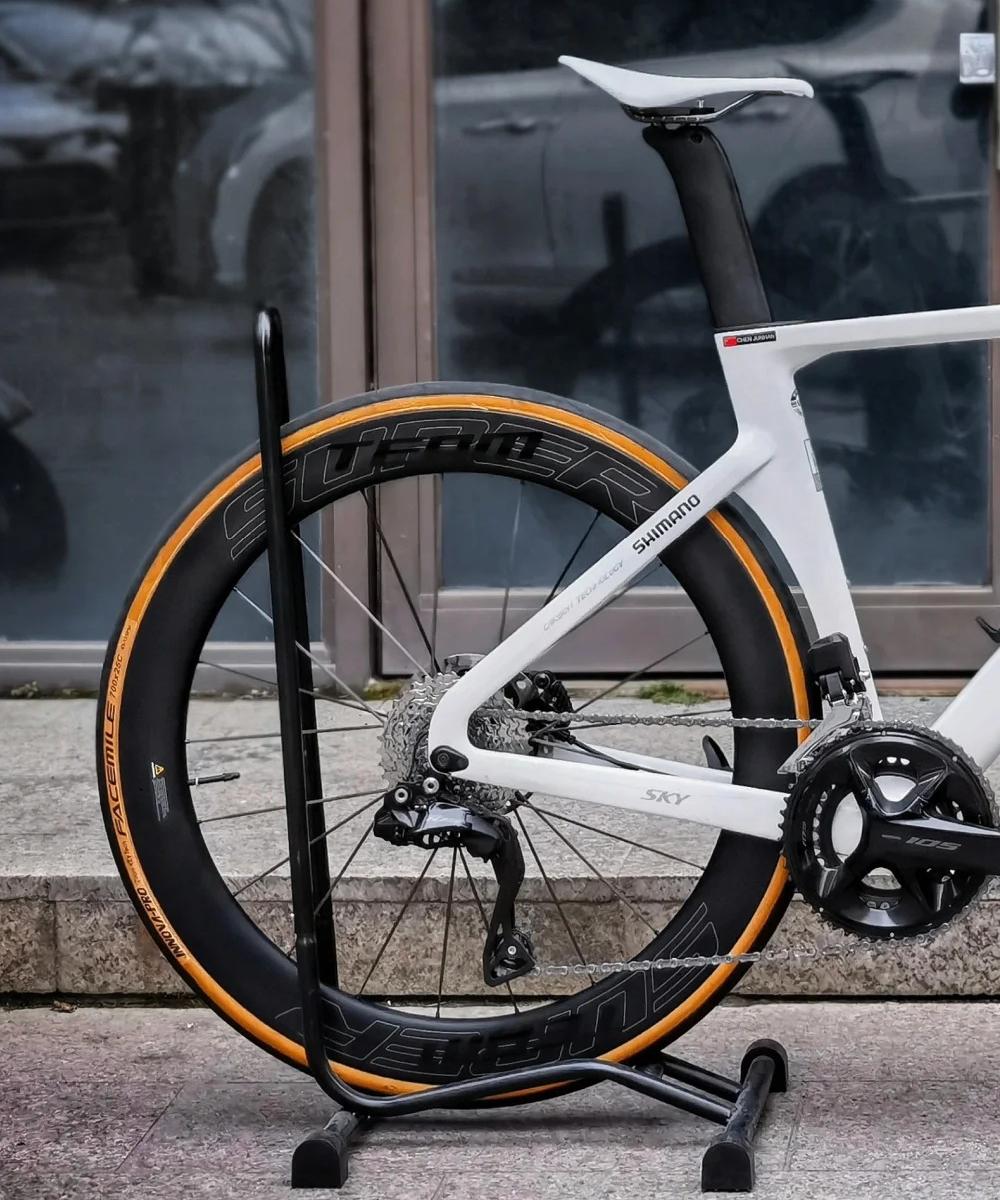Sidewall Flex and Its Effect on Gravel Braking Performance
When braking on gravel, riders often focus on tire tread or brake pad choice, but sidewall flex is a hidden factor that significantly influences control and stopping power. The way a tire’s sidewall deforms under load affects how the tire contacts the rim and the ground, ultimately shaping braking efficiency.
Sidewall flex increases under lower tire pressures, allowing the tire to conform to uneven gravel surfaces. This greater contact patch can improve grip during braking, especially on loose descents. However, excessive flex can also reduce responsiveness, making braking feel delayed or “spongy” when compared to stiffer sidewalls.
On carbon rims, the interaction is even more critical. Softer sidewalls can lead to micro-movements at the rim interface, potentially causing uneven wear on brake tracks over time. Conversely, stiff sidewalls transfer braking force more directly, improving bite on firm terrain but sometimes sacrificing traction on softer gravel.
Heat buildup is another consideration. Under hard braking, sidewall flex can absorb some of the vibration and impact, reducing peak stress on the rim. Yet, when paired with aggressive braking, especially on long descents, flexible sidewalls can increase frictional movement, generating additional heat at the rim-tire interface. This is particularly important for rim-brake carbon wheels, where heat management is already a concern.
For riders, the key is balancing sidewall stiffness with terrain demands. Stiffer sidewalls excel on hard-packed gravel or mixed surfaces where precise braking is needed. More flexible sidewalls work better in deep gravel or sandy conditions where maximizing traction is critical.
Ultimately, understanding sidewall flex allows gravel cyclists to fine-tune braking performance. By choosing tires with the right sidewall construction and pairing them with appropriate pressures, riders can achieve safer, more predictable braking across varied gravel conditions.




